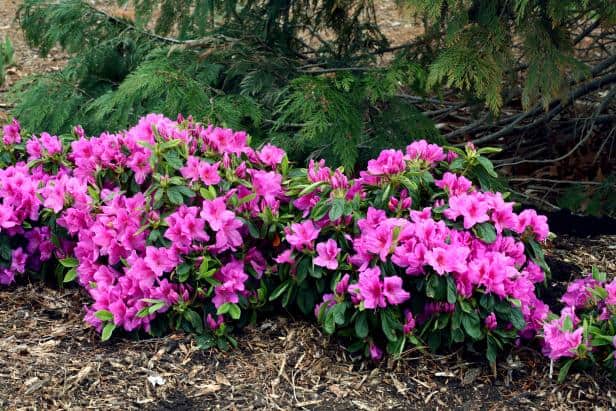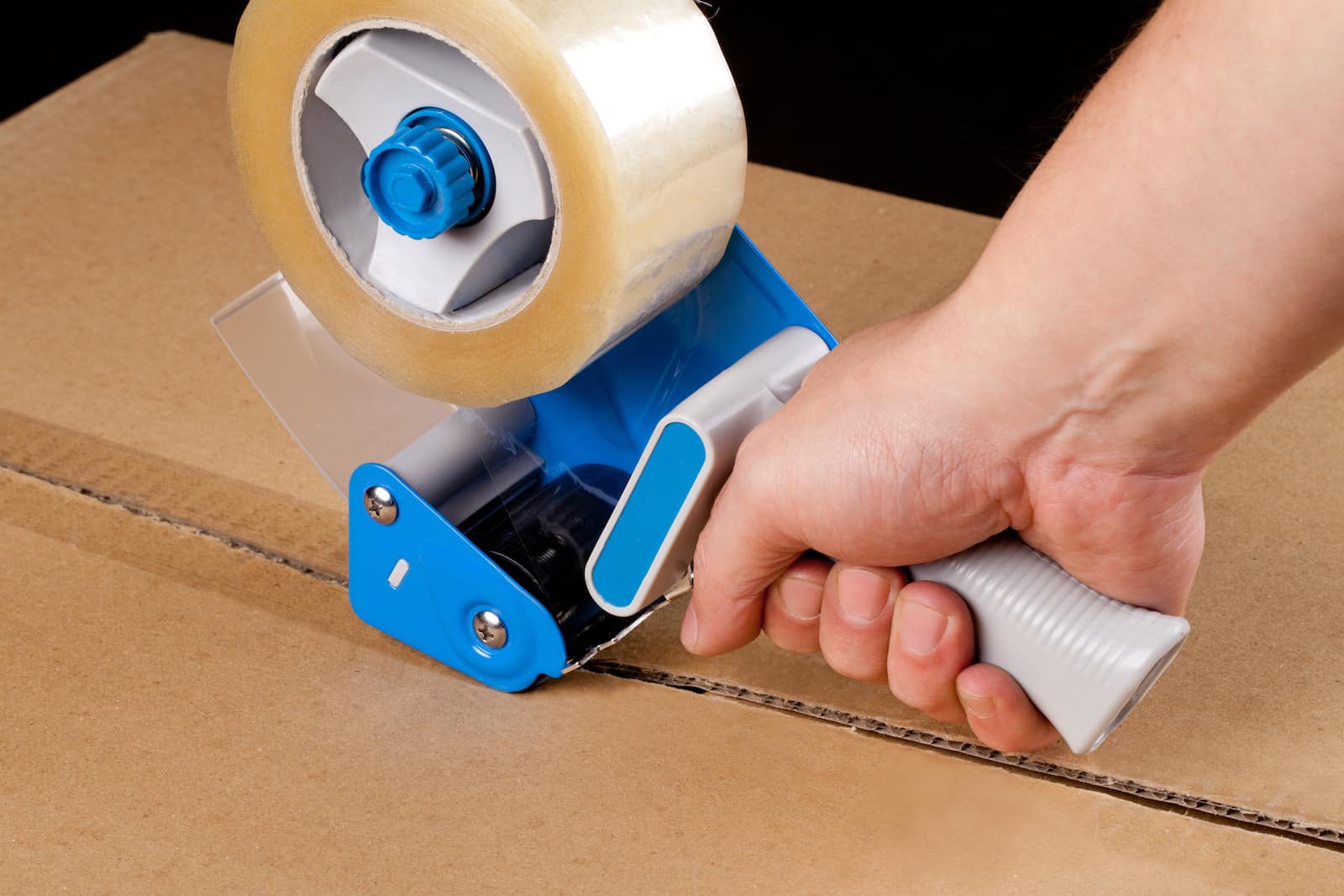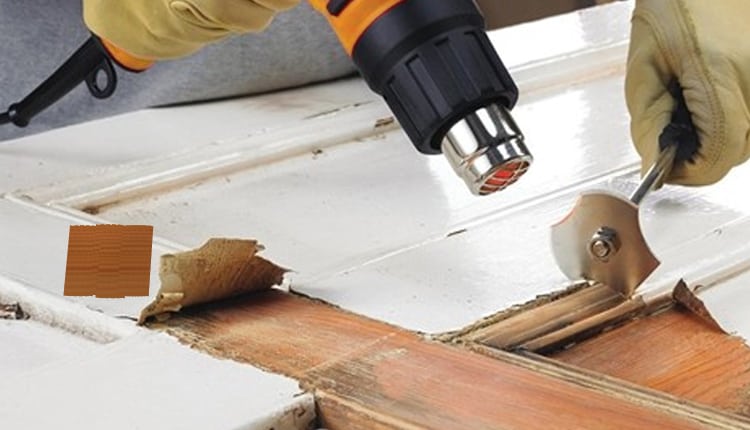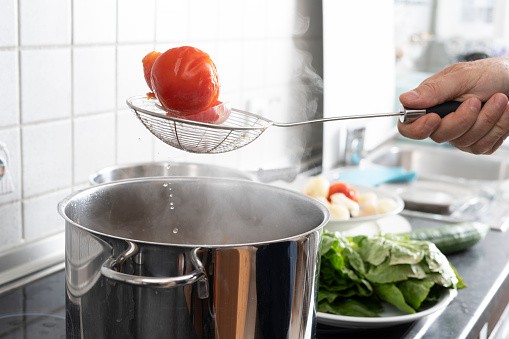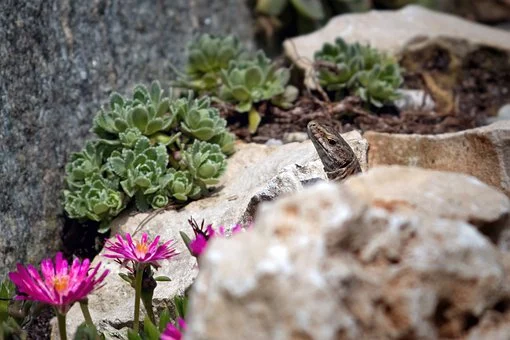The proper treatment and feeding of azaleas requires control over the timing and type of fertilizer application. The Azalea plants are acknowledged as the emblematic flowering shrubs of the Southern part of United States, but they also spread in many other regions.
These growths of the azalea plants are striking and many gardeners prefer having them in their gardens since they do not require constant attention. But, they should be well taken care off to ensure they produce well developed flowers and maintain healthy vegetation.
Sprinkling the azalea bushes with fertilizer is not usually recommended unless there are identifiable signs of nutrient stress in the plants. Thus, the recognition of the preferable strategy and the way to miss out on some of the pitfalls in fertilizing the azaleas should be identified.
When Do You Fertilize Azaleas?
The best time to fertilize azaleas is during the Spring season using one application of ericaceous release plant food. If you fertilize after July, the plants will encourage the growth of foliage at the expense of the flower buds.
Azaleas are prone to nutrient deficiency because of their shallow roots system, making the topsoil dry up, and so does the whole plant. Nutrients can also be washed away easily from the ground, causing even more frustration.
Nutritional deficiency can cause the plant to produce leaves that turn yellow, drop early, or are smaller than normal, as well as stunted growth. A phosphorus deficiency may be shown by dead branch tips and leaves that are dark green than normal.
Fertilizing Azaleas in the Spring
The perfect time to fertilize azaleas is right after the spring bloom and when the new growth begins. This is because the new growth indicates that the soil temperature has risen enough for the azalea plant to take up the nutrients before they start flowering.
If you apply the fertilizer before this bloom, for example, in late winter or early spring, the fertilizers may not be absorbed because the Azalea roots tend to take in fewer nutrients and water when the soil is cold. Moreover, applying fertilizer in the early spring will only encourage the plant for new growth rather than bloom production.
Azalea plants grow best when using a continuous plant feed that will slowly release the nutrients during the growing season. This means that you can only apply the fertilizer once, and you won’t need to feed the plant repeatedly, and this saves you a lot of money and time.
Do not fertilize the plant after mid-summer when the flower buds have started to set because this will only promote foliage growth. You shouldn’t also fertilize the azalea plant during the winter or fall seasons because the nutrients won’t be well absorbed.
You will first of all want to get your soil tested to find out if they are any nutrients lacking and the soil pH. If there are some nutrients lacking, then a fertilizer will help, but it may not be of help if there are other issues like compacted soil.
Once the soil test results are out, it is time to decide on the best fertilizer or treatment. Again, it would be best if you did not spend a lot of time and money researching how to feed azaleas until you’re sure that the plant actually needs the fertilizer.
How to Fertilize Azaleas
For healthy growth, azalea plants require Phosphorous, Nitrogen, Potassium as well as other elements in small quantities. Therefore, the best way to fertilize azaleas is using a continuous release-plant food since it has a balance of nutrients for optimal growth.
The type of fertilizer required should have been determined from the soil test. However, if you don’t test your soil, then a balanced fertilizer, which has proportionated amount of potassium, nitrogen, and phosphorus in the product, is the best option.
A regular all-purpose fertilizer can fail to provide azaleas with the nutrient they need. This is why we recommend getting a premium one that is designed for azaleas, for example, Pennington UltraGreen Azalea, Camellia & Rhododendron Plant Food, to provide your azaleas with the basic nutrient they need.
Here are some fertilization tips to promote healthy foliage and beautiful blooms;
- Get a slow-release and balanced plant fertilizer, for example, one with a ratio of 10-10-10 or 15-15-15. These slow-release fertilizers should be formulated for plants that are likely to have an acidic soil pH, and they are often sold as either Azalea/Camellia fertilizer.
- Read the guidelines of your fertilizers and ensure to apply the appropriate amount to the plant. The amount varies depending on the brand and other factors as well.
- Apply an even amount of fertilizer around the root or dripline of the plant. The dripline is the area under the foliage where the water will drip down from the leaves or branches.
- Water the Azaleas regularly and deeply because they need water to support their growth.
- Ensure you wash off any grains of the fertilizer for azalea plants that fall on the foliage.
Organic Vs. Inorganic Fertilizers: Which One Is Better?
Organic
Organic fertilizers have become quite popular recently and are sometimes being sold as soil supplements because their chemical content is often inconsistent. They are made of compost, fishmeal, and other natural sources.
Pros:
- Hard to overfertilize using it
- The soil quality improves over time.
- Safe and less toxic than inorganic fertilizers
Cons:
- It won’t provide a rapid growth as what you get with inorganic fertilizers.
Inorganic
Inorganic fertilizers, also known as synthetic fertilizers, are traditional types of concentrated fertilizers that have a reliable chemical content, for example, 10-10-10. They give a specified amount of nutrients to your plants and work very well to support the new plants over the first growing season.
Pros:
- Easy to use
- Works rapidly once applied.
- Consistent ratio
Cons:
- It can be toxic, and too much of it may burn the plants.
The type of fertilizer to use is dependent on personal preference and the results you’re hoping to achieve. However, inorganic fertilizers are often used with new plants to ensure they are absorbed quickly and get quick access to the nutrient they need to become established in the landscape. You can later switch to organic to improve the quality of the soil and provide gradual nutrients.
Is Fertilizer Always Necessary for Azaleas?
Since azaleas are not heavy feeders, fertilizing is not always necessary. Here are some circumstances where the fertilizer may not be necessary;
- If you had amended the soil before planting with well-draining compost, then the azaleas can bloom and produce amazing flowers without the need for additional fertilizer.
- If the azaleas have green leaves, display flowers, and have good growth in the summer, then it is most likely that you will need any fertilizer because it may cause more harm than good.
Here are some instances when to fertilize azaleas;
- If your azaleas have sparse growth or yellow leaves, that may signify a nitrogen deficit. Fertilizing the soil with additional nitrogen is required to bring the azalea leaf and flowers back to a healthy green in a few weeks.
- If your garden soil is sandy and lacking nutrients, then applying fertilizer during spring every year may be necessary.
- If the azalea plant is competing with other plants or trees for resources, then adding an application of mulch to the soil will add nutrients, improve the soil structure and retain moisture.
Frequently Asked Questions (FAQs) on Fertilizing Azaleas
1. What month do you fertilize azaleas?
The perfect time when to fertilize azaleas is during the spring season, right after spring bloom. This time the fertilizer will be readily absorbed by the roots since the soil is moist enough and is not stressed in any way.
This spring season may be the only application you need, but if you’re in an area where there is a lot of rainfall and a longer growing season, then you may be required to make a second application between mid to late summer. However, ensure you don’t apply the azalea fertilizer after July, from the 1st of August.
2. What fertilizer is best for azaleas?
A well-balanced fertilizer is the best for azaleas, especially if you’re about the nutrients that the soil needs most. For example, a fertilizer with 10-10-1o indicates equal proportions of potassium, nitrogen, and phosphorus. Although the most needed nutrient for azalea is nitrogen to help the planting grow faster, all other nutrients are important in a fertilizer.
3. Can I use Miracle-Gro on azaleas?
Yes. Miracle-Gro Water Soluble Azalea, Camellia, and Rhododendron Plant Food is a special plant food designed for acid-loving plants and shrubs like azalea and camellias rhododendrons, gardenias, orchids, and other evergreens. When used correctly and as directed, the fertilizer won’t harm the plants.
4. Are used coffee grounds good for azaleas?
Since azaleas require acidic soil, coffee grounds, which have a soil pH of 6.2, make a great choice for azaleas. Moreover, the coffee grounds have nutrients making them a great soil enhancer. This means that if you’re planting azaleas, you can place the coffee ground in the hole before planting.

